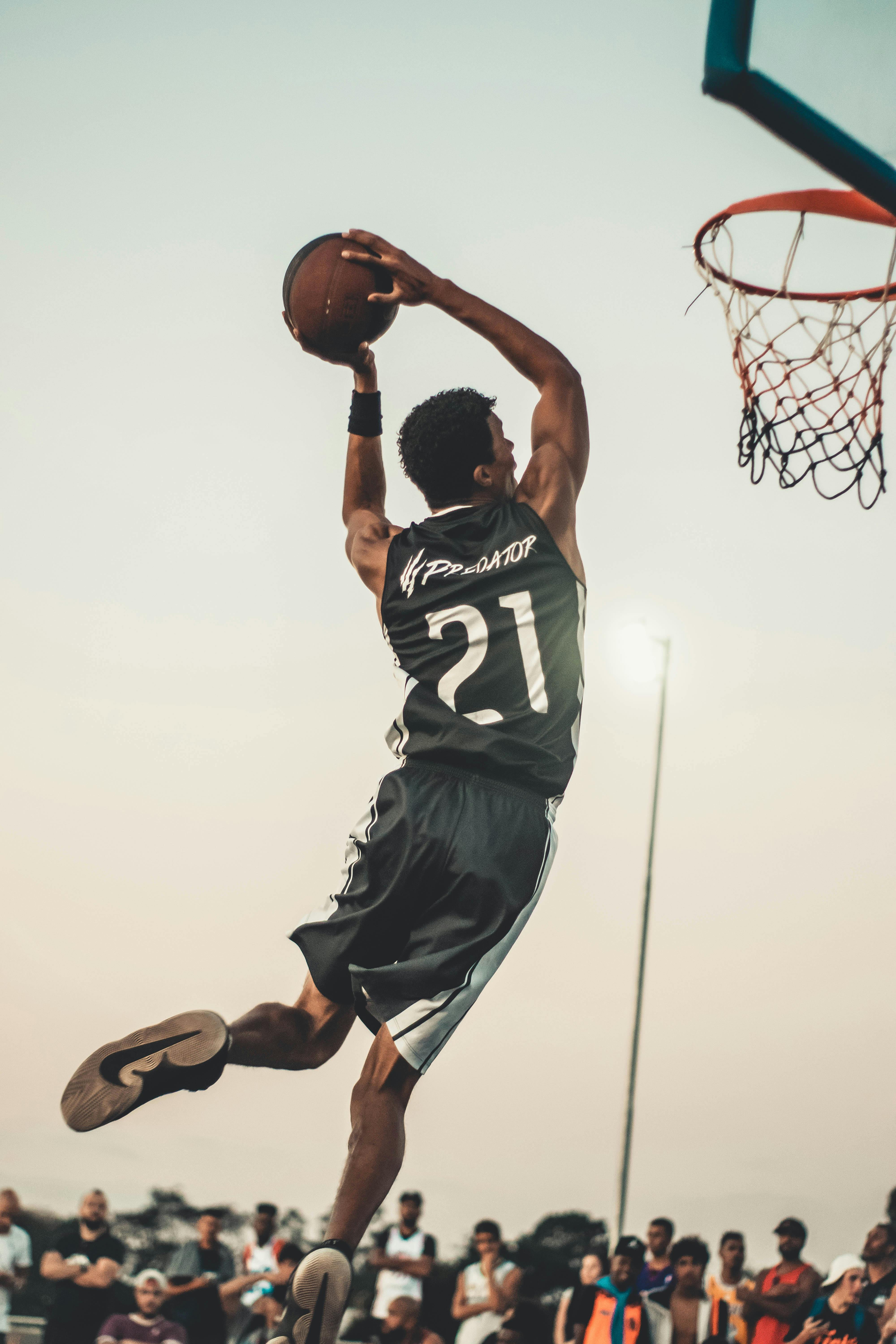Mastering Visual Skills for Sports Performance
Elite athletes don’t just train their bodies — they train their eyes. Visual skills for sports are crucial in enhancing performance, decision-making, and coordination. Whether you’re a beginner or a professional, sharpening these skills can drastically impact how you perform under pressure. This guide will explore how visual training influences sports performance and offer actionable tips you can apply right away.

Understanding the Fundamentals
Visual skills refer to the ability to process, react to, and interpret visual information quickly and accurately. In sports, these abilities are as vital as physical strength or endurance. From tracking a ball mid-air to anticipating an opponent’s move, visual processing speed can be a game-changer.
Historically, sports training emphasized physical conditioning. But recent advances in sports science have highlighted the pivotal role visual cognition plays. Today, top teams and athletes incorporate vision training into their routines to stay competitive.
1.1 Visual Acuity and Focus
Visual acuity is the sharpness of vision, allowing athletes to see fine details from a distance. A quarterback, for instance, must spot a receiver downfield through defenders. Studies show athletes with better visual acuity have faster reaction times and improved spatial awareness.
Improved focus helps athletes zero in on their targets, whether it’s the goalpost, basket, or a finish line. A common misconception is that these traits are innate. In reality, they can be trained and improved with consistency.
1.2 Depth Perception and Peripheral Awareness
Depth perception allows athletes to judge distances accurately. This is essential in sports like tennis, baseball, or soccer where timing is critical. It’s different from simple visual clarity—depth perception involves binocular coordination and brain processing.
Peripheral awareness helps athletes monitor surroundings without directly looking. For example, a point guard must track opponents and teammates simultaneously. Developing this skill can dramatically enhance gameplay strategy and reaction timing.
Practical Implementation Guide
Understanding the science is one thing—putting it into practice is another. Fortunately, integrating visual training into your sports routine doesn’t require high-end tech. A consistent, structured approach can yield noticeable improvements within weeks.

2.1 Actionable Steps
- Dynamic Warmups: Start sessions with eye-hand coordination drills such as ball tosses or rapid target recognition games.
- Use Training Tools: Tools like reaction balls, strobe glasses, and tracking apps enhance reaction speed and focus.
- Set Milestones: Measure improvements in decision-making speed or tracking ability bi-weekly to track visual skill development.
2.2 Overcoming Challenges
Some athletes struggle with motion blur, fatigue, or low visual endurance. These are often signs of underdeveloped visual skills. Common challenges include:
- Lack of time: Incorporate drills into warmups or cooldowns.
- Frustration from slow progress: Track small wins, like quicker starts or better pass accuracy.
- Fatigue: Schedule visual drills on non-intensive days to avoid burnout.
Experts recommend rotating exercises weekly and integrating cognitive tasks to maintain engagement. Mixing things up prevents plateaus and keeps the brain adapting.
Advanced Applications
Once foundational visual skills are solid, athletes can move into more complex and sport-specific drills. These advanced techniques are ideal for professionals or those looking to reach elite levels of competition.

3.1 Neuro-Visual Synchronization
Top performers often train their brain-eye connection using neuro-tracking devices. These systems measure how quickly an athlete processes visual input and reacts. Case studies in the NFL and NBA show players using these systems to improve passing precision and defense anticipation.
3.2 Integration with Virtual Reality
VR systems simulate real-game scenarios, allowing athletes to make split-second decisions in a risk-free environment. This integration helps players practice high-stakes situations without fatigue or injury risk. Compatibility with current training gear ensures seamless adoption for most sports programs.
Future Outlook
With sports science evolving rapidly, visual training is becoming mainstream. Innovations like AI-driven analytics and biometric feedback systems are transforming how we understand vision in athletics.
In the next 3-5 years, expect to see vision coaches on every professional team and more affordable tools for amateur athletes. Staying updated on these developments will help athletes maintain a competitive edge.
Conclusion
Mastering visual skills for sports gives athletes a distinct advantage. From enhanced depth perception to sharper focus, the benefits translate directly into performance.
Whether you’re training for the Olympics or your local league, vision training can set you apart. Start with simple drills, measure your progress, and don’t be afraid to push into advanced territory.
Ready to elevate your game? Begin your visual skills journey today and unlock your full athletic potential.
Frequently Asked Questions
- Q: What are visual skills in sports? Visual skills include hand-eye coordination, depth perception, and peripheral vision that enhance athletic performance.
- Q: How do I start training my visual skills? Begin with simple drills like ball tosses, tracking exercises, and visual warmups using basic tools.
- Q: How long does it take to see results? Most athletes notice improvements in 2-4 weeks with consistent practice and progressive difficulty.
- Q: Is visual training expensive? Not necessarily—many effective tools cost under $50, though advanced systems can range from $500 to $2000.
- Q: How does vision training compare to physical training? While physical training builds strength, vision training improves reaction time and decision-making speed—both are essential.
- Q: Is it hard to learn? Most exercises are easy to learn and scale with skill level. Starting with basic routines makes it beginner-friendly.
- Q: Can these skills be applied to specific sports? Yes, each sport has unique visual demands. Training can be customized for basketball, baseball, soccer, and more.
